In the bustling landscape of digital design, standing out requires more than mere creativity – it demands sharp insights into the competitive arena. A pivotal component? UX Competitive Analysis. ? By 2023, the digital environment has evolved, placing emphasis on the art of examining – and outpacing – rivals through meticulous UX strategies. Within this guide:
- Delineation of modern UX paradigms.
- Step-by-step dissection of effective analysis techniques.
- Practical tips to set you on a winning trajectory.
With these tools in hand, you’ll navigate the competitive tides with finesse and confidence. As trends ebb and flow, ensuring that your UX approaches remain not just relevant, but influential, is paramount. Dive deep into this comprehensive guide and arm yourself with the knowledge to push boundaries in UX. And while you’re optimizing your strategies, consider integrating the Plerdy tool – your ace for CRO & UX. Elevate your designs today! ⚡

Understand the Importance of UX in 2023’s Digital Landscape
In 2023’s digital landscape, understanding the gravity of UX can’t be overstated. With the rise of nimble startups and agile giants vying for user attention, setting oneself apart hinges on delivering unparalleled user experiences. Let’s dive in:
Key Components in 2023’s Digital Ecosystem:
- Design: Far from mere aesthetics, design now encompasses a holistic approach – ensuring websites and apps are intuitive, responsive, and tailored to meet user preferences.
- Competition: As brands jostle for dominance, those leveraging robust UX analysis stand out, making competition fierce in niches like e-commerce, health tech, and edtech.
- UX: It’s the linchpin of digital success. Streamlined navigation, interactive elements, and an emphasis on user feedback drive engagement and loyalty.
- Analysis: Data-driven insights guide UX modifications, pinpointing where users drop off or where they spend the most time. The e-commerce niche, for example, often sees brands refining checkout processes based on this UX analysis to reduce cart abandonment.
In sectors like fintech, a subtle tweak in UX design can steer users to opt for one platform over another. Fitness apps thrive by streamlining the journey from sign-up to workout. As brands carve out their digital niches, nailing the UX becomes not just about attracting users, but retaining them. In this evolving digital tapestry, the user sits at the core, and businesses pivot, adapt, and innovate to cater to their ever-changing needs.
Define the Goals and Objectives for your UX Competitive Analysis
In the high-stakes environment of digital business, competitive UX analysis serves as a compass, guiding brands to strategize effectively. Defining goals and objectives for this UX analysis ensures a laser-focused approach. Here’s how to gear up for a fruitful investigation:
Essential Objectives for Competitive UX Analysis:
- Design Evaluation: Appraise competitors’ visual appeal and functionality. For instance, in the travel industry, assess how rival platforms showcase vacation packages, optimizing for simplicity and aesthetics.
- Competition Benchmarking: Measure your brand’s standing by sizing up competitors. In the streaming niche, it could mean evaluating how different platforms curate content to engage viewers.
- UX Investigation: Identify user journey hiccups by delving into rivals’ platforms. Subscription box services, for instance, may focus on the sign-up to delivery chain to ensure a seamless experience.
- Analysis Synthesis: Gather insights, draw parallels, and pinpoint gaps. In the wellness sector, this could mean understanding how competitors weave in mental health resources alongside physical fitness tools.
By setting tangible targets, the journey of competitive UX analysis becomes less about wandering in the digital wilderness and more about extracting actionable insights. Brands then stand poised to refine their offerings – from design nuances to UX enhancements – ensuring they not just keep pace but lead the digital parade.
Choosing the Right UX Competitors for Analysis
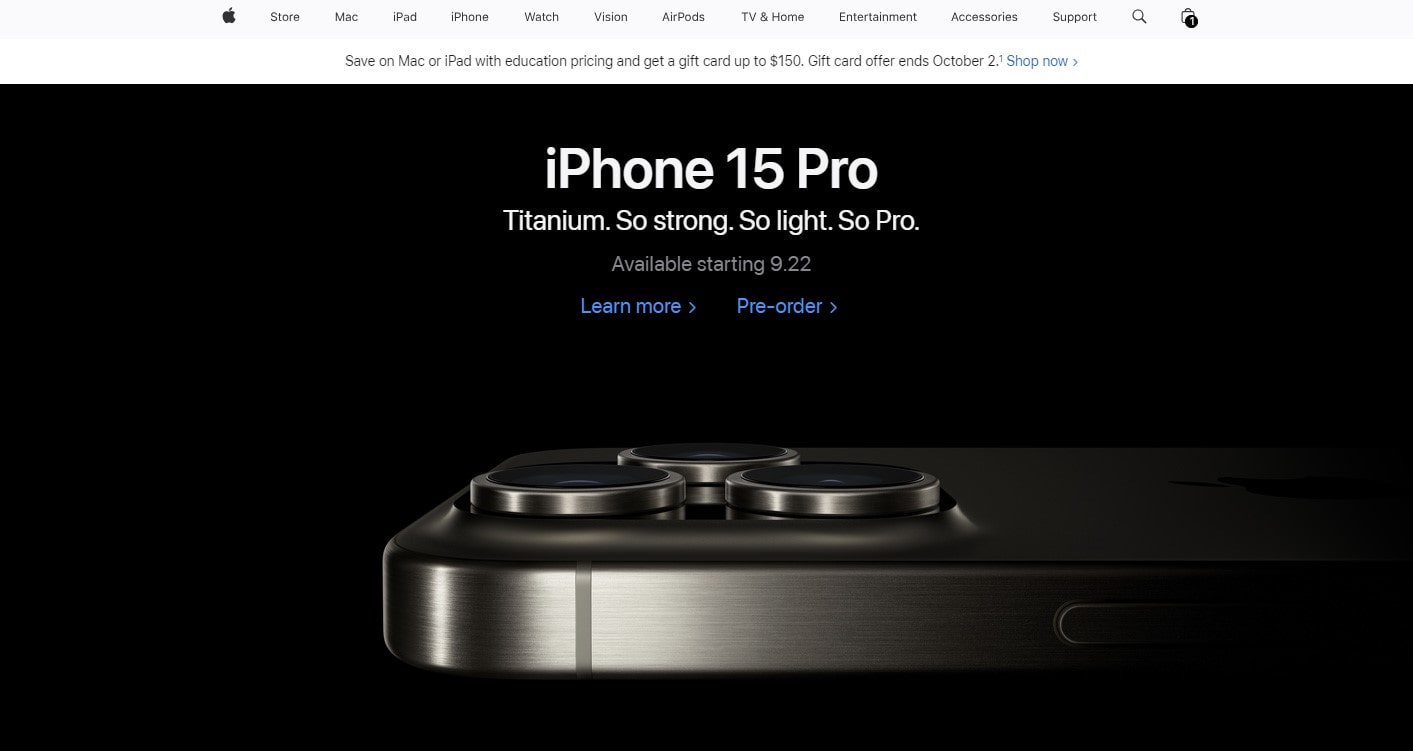
Segment competitors: direct, indirect, and aspirational
Navigating the competitive landscape requires a keen sense of differentiation. Knowing your competition paves the way for better strategic decisions. Here’s a breakdown of segmenting competitors:
Competitor Categories:
- Direct Competitors: These are the businesses offering similar solutions to the same audience. For instance, two brands selling sustainable activewear target eco-conscious fitness enthusiasts. Design and UX elements often closely mirror each other, making detailed analysis pivotal.
- Indirect Competitors: These provide different solutions to the same problem. Consider a meditation app and a physical journal promoting mindfulness. Their end goal aligns, but the delivery diverges. Here, competitive UX analysis highlights unique value propositions.
- Aspirational Competitors: Often industry giants, these are the brands you aim to rub shoulders with. Think of a local coffee shop aiming for the global reach of a brand like Starbucks. Tapping into their UX and design strategies can reveal gold mines of inspiration.
Peeling back the layers of competition helps brands position themselves, refine offerings, and craft innovative solutions. A deep dive into design strategies, UX flows, and competitive benchmarks for each segment ensures brands stand robustly in their niche. Businesses can create a unique path to attract their target audience by using knowledge from each category.
Utilize modern UX tools and platforms to identify emerging competitors
In the fast-paced digital age, brands need to stay on their toes to identify emerging competitors. Modern tools and platforms offer a front-row seat to the ever-evolving competitive landscape, granting companies an edge.
Spotlight on Modern UX Tools:
- Social Media Monitoring: Platforms like Twitter and Instagram serve as hotspots for budding brands. By keeping tabs on trending hashtags related to design and UX, businesses can unearth emerging players in sectors ranging from health tech to sustainable fashion.
- Web Analytics Platforms: Tools like SimilarWeb or SEMrush peel back the curtain on website traffic, offering insights into platforms gaining traction. For example, an e-commerce brand might detect a rival making waves through exceptional UX strategies.
- Design Repositories: Websites like Dribbble or Behance showcase innovative design portfolios. A fintech firm might stumble upon a fresh app design that’s turning heads, signaling a potential entrant in the market.
- User Review Platforms: Sites like G2 or Trustpilot provide real-time feedback on products and services. A spike in positive reviews for a novel SaaS tool could indicate a rising competitor.
Harnessing the power of these tools helps brands detect shifts in the competitive tide early on. By staying plugged into these platforms and carrying out consistent analysis, businesses position themselves to respond proactively, ensuring they remain at the forefront of their industry.
Data Collection and Tools for UX Analysis
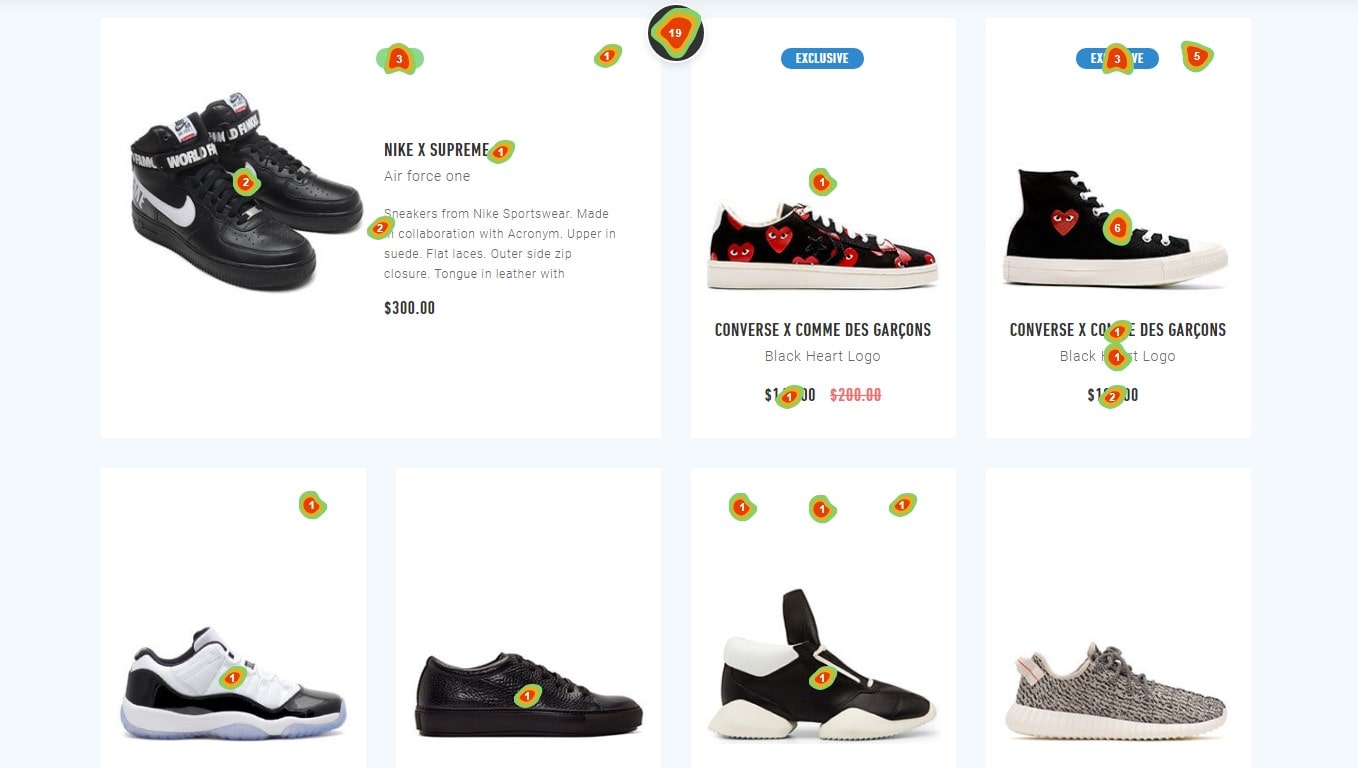
Harness the power of heatmaps and user session recording
Heatmaps and user session recordings have rapidly risen to the forefront as pivotal tools for businesses seeking a deep dive into user behavior. In a landscape where the fine nuances of design and UX can make or break engagement, these tools offer invaluable insights.
Benefits of Heatmaps and User Session Recordings:
- Spotlight on User Focus: Heatmaps illuminate where users spend the most time, highlighting areas of your site or app capturing attention. For instance, in the e-commerce sector, heatmaps can indicate which product images or descriptions engage users most.
- Journey Mapping: User session recordings unravel the path visitors take. In the digital publishing niche, these recordings might reveal readers’ paths from an article to a subscription sign-up.
- Design Iterations: By identifying where users linger or where they breeze past, brands can make design tweaks. An online tutoring platform, for example, might reposition its most popular courses based on heatmap data.
- Enhance UX Strategy: Unearthing points of user drop-off or friction via session recordings paves the way for a smoother UX. For SaaS platforms, this could mean refining onboarding processes.
Armed with these insights, businesses can refine their strategies to outpace competition, ensuring they not only meet but exceed user expectations. In essence, these tools transform raw data into actionable steps – empowering brands to align their digital spaces with evolving user preferences.
Take advantage of AI-powered analytics tools.
In today’s competitive digital sphere, AI-powered analytics tools have emerged as game-changers. As businesses hustle to stand out, these cutting-edge tools offer unparalleled insights, propelling brands to refine strategies and foster growth.
AI-Powered Tool Benefits:
- Predictive Analysis: By processing vast data pools, these tools can forecast user behavior. In the luxury fashion sector, for example, they might predict which designs will become the next trendsetters.
- Personalization Engines: AI fine-tunes user experiences. Think of streaming services tailoring movie recommendations, ensuring viewers find their next binge-worthy series faster.
- Automated Design Adjustments: AI can suggest design enhancements based on real-time feedback. An e-commerce site, for instance, might tweak its layout during a holiday sale, optimizing for user flow and conversions.
- Comprehensive Competition Breakdown: These tools can sift through competitors’ strategies, giving businesses an edge. A start-up skincare brand might unearth how established competitors leverage UX to retain customer loyalty.
Leveraging AI analytics positions brands to make informed, strategic decisions. It’s no longer about blindly navigating the vast digital ocean. With these tools, businesses have a sophisticated compass, steering them toward success. In the race to captivate and convert, AI analytics emerges as a trusted ally, ensuring every design element and UX decision aligns perfectly with user preferences and market demands.
Utilize usability testing platforms to understand competitor strengths and weaknesses
Usability testing platforms have evolved as essential tools for brands keen on mastering the digital landscape. By shedding light on how users interact with competitors, these platforms reveal actionable insights, allowing businesses to refine and elevate their design, UX, and overall strategy.
Gleaning Insights through Usability Testing:
- Comprehensive User Journeys: Dive deep into how users navigate competitor sites. For example, in the travel niche, understand which booking processes travelers find intuitive.
- Barrier Identification: Pinpoint stumbling blocks in competitor designs. In the fitness app sector, perhaps a popular tool makes workout tracking more cumbersome than necessary.
- Highlighting UX Wins: Discover what users adore about competitor platforms. A digital magazine platform might reveal an innovative content curation method that keeps readers hooked.
- Visual Design Feedback: Get firsthand reactions to design elements. An emerging e-commerce brand could find inspiration from user feedback on established online storefronts.
Harnessing usability testing platforms empowers businesses to carry out in-depth UX competitor analysis. It’s a process that moves beyond surface-level observations, diving deep into the heart of user experience. Brands get a clear vision of what competitors excel at and where they falter. In the quest for digital dominance, these platforms serve as trusty sidekicks, ensuring brands have the insights they need to continually adapt, innovate, and lead their market sectors.
Evaluating Competitor Website and App Interfaces
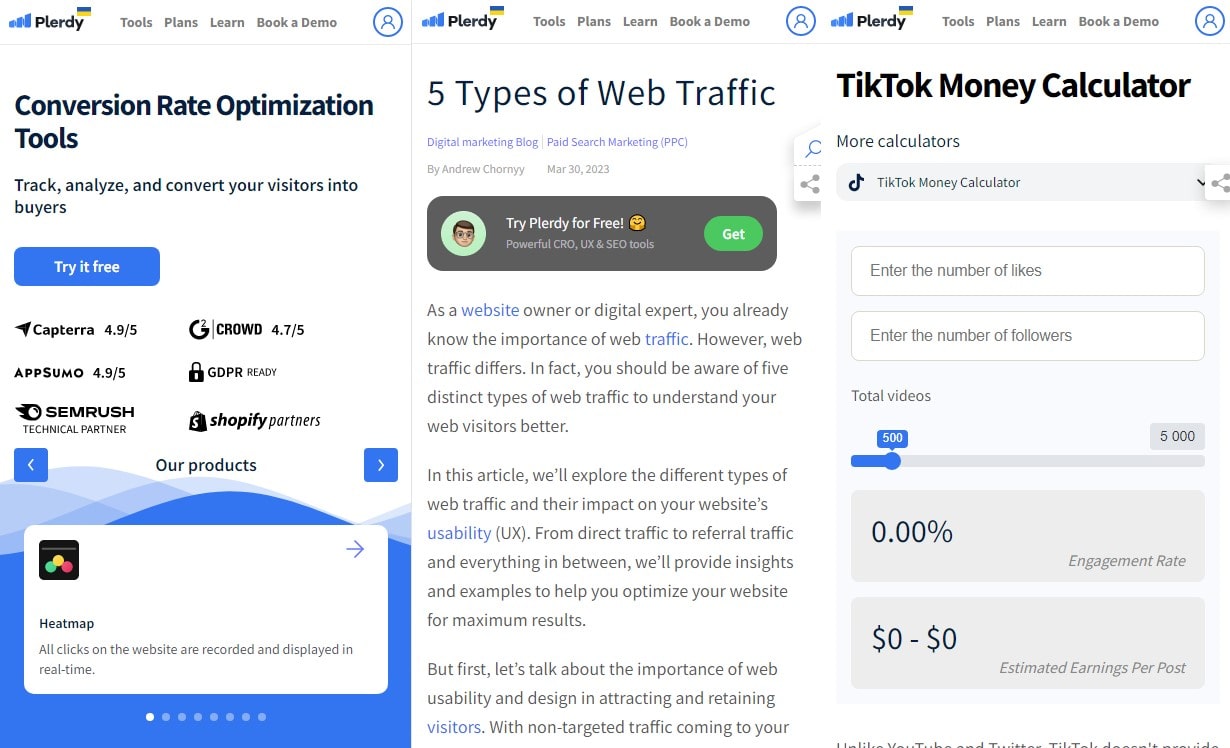
Prioritize mobile-first evaluation in the era of mobile dominance
In the era of mobile dominance, giving precedence to a mobile-first evaluation is no longer an option—it’s a necessity. Users everywhere are turning to their smartphones for everything, from shopping to entertainment, rendering a shift in how brands approach design, UX, and market analysis.
Key Mobile-First Considerations:
- Adaptable Layouts: In the bustling cafe sector, brands that seamlessly allow patrons to order their latte or muffin on-the-go stand out. An intuitive, mobile-friendly design becomes paramount.
- Speed Optimization: Eager readers on a literary blog won’t stick around if pages lag. Ensuring quick load times keeps them engaged and immersed.
- Gesture-Based Navigation: Fitness enthusiasts, for instance, appreciate the ease of swiping through workout regimes versus tapping on tiny icons.
- Clear Calls to Action: On mobile, every pixel counts. Whether it’s an online shoe store or a meditation app, direct and accessible CTAs drive conversions.
Embracing a mobile-first evaluation provides a roadmap to success in today’s digital landscape. Through meticulous analysis, brands can pinpoint where competitors might be dropping the ball, allowing them to swoop in with superior mobile experiences. It’s about crafting the user journey, optimizing every touchpoint, and ensuring that in the fierce arena of competition, it’s your brand that users gravitate to while on their mobile devices.
Identify best practices and innovative features competitors are using
In the bustling marketplace, staying informed about competitors’ strategies gives brands an edge. A keen eye can notice excellent practices and creative features in the environment. Deeply exploring this domain can help your company stand out in design, UX, and market dynamics.
Spotlight on Competitor Innovations:
- Personalized Experiences: Consider how boutique hotels are tailoring guest experiences, from custom playlists to room decor, enhancing the user journey every step of the way.
- Augmented Reality (AR) Trials: Cosmetic brands have integrated AR, letting users virtually try on products, bridging the digital and physical user experience seamlessly.
- Voice-Activated Navigation: Think about the podcasts that now offer voice-command features, optimizing user engagement without them lifting a finger.
- Interactive Tutorials: DIY platforms break down complex tasks with step-by-step interactive guides, transforming how users engage with content.
Harnessing these insights, brands can refine their offerings. By assimilating standout features and refining them with unique brand elements, companies not only match the competition but also potentially outshine them. Such a thorough and methodical approach to UX analysis fosters an environment where innovation thrives, and brands consistently deliver top-tier experiences to their audiences. It’s not about mimicking but about understanding, adapting, and innovating for unparalleled success.
Pay attention to micro-interactions and their influence on user experience
In the realm of digital design, it’s the little things that often make a big splash. Micro-interactions, those subtle feedback cues or tiny design elements, play a pivotal role in shaping the user experience (UX). While they might seem trivial, they contribute immensely to the fluidity and intuitiveness of a user’s journey.
Spotlight on Micro-Interactions:
- Loading Animations: Think of popular streaming platforms. Their playful loading bars or animations turn a mundane wait into an engaging experience.
- Swipe Gestures: Popular dating apps transformed the act of selection into a fun, swiping experience, altering the landscape of mobile UX.
- Haptic Feedback: Modern smartphones give a slight buzz or vibration as affirmation, amplifying user confidence during tasks.
- Dynamic Buttons: E-commerce apps that morph the ‘add to cart’ button to a brief ‘added!’ confirmation excel in ensuring the user feels acknowledged.
These micro-moments, when crafted meticulously, enhance the overall design. They bridge gaps, guide users, and make interfaces feel alive and responsive. A deep dive into UX analysis reveals that users lean towards platforms that give them these nuanced interactions. By focusing on these subtleties, brands not only stay competitive but also elevate the user journey, ensuring both retention and loyalty. It’s an art of weaving in the minute with the vast – creating a tapestry of superior UX.
Comparing User Journeys
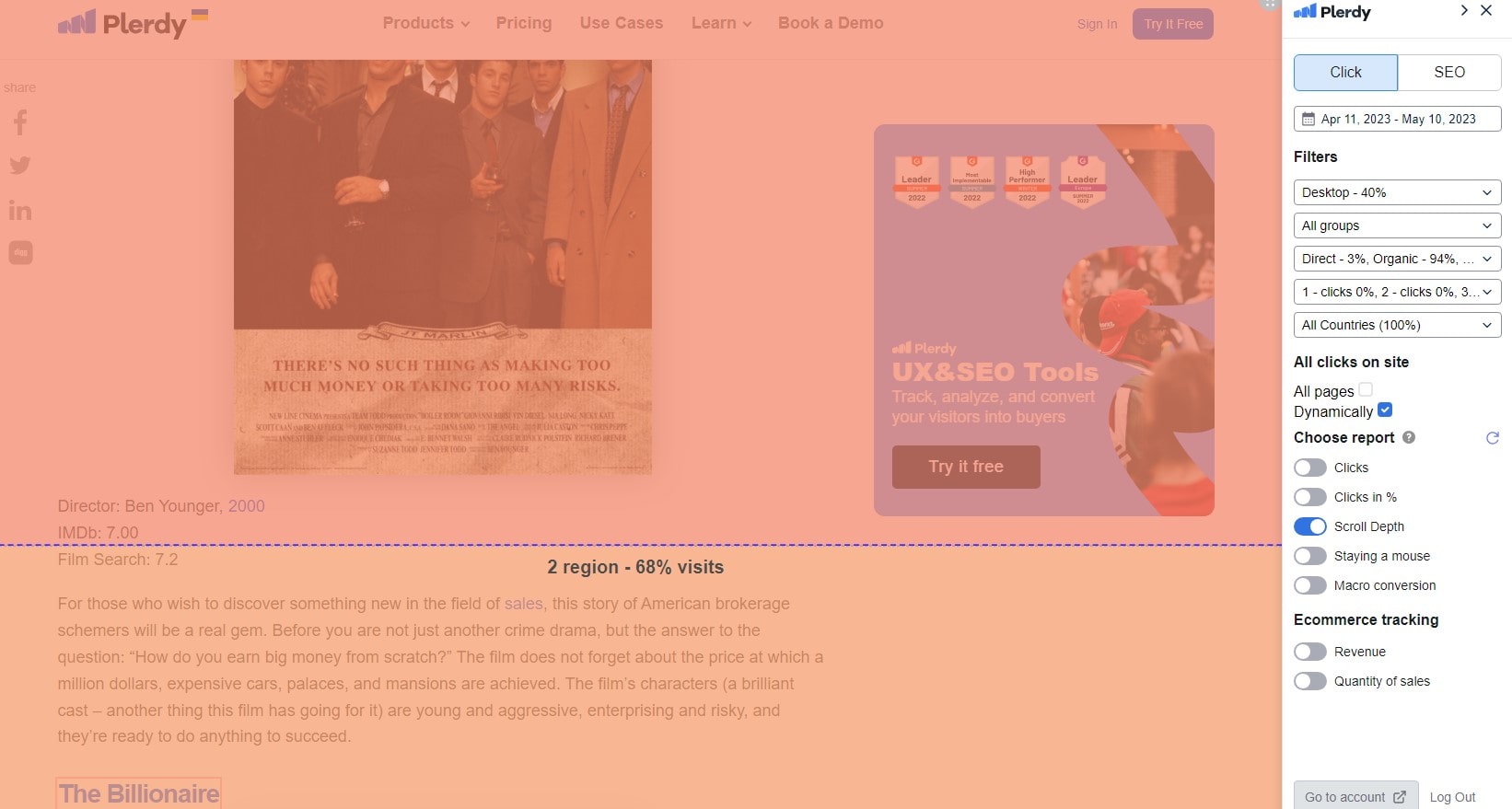
Map out key user flows for both your product and competitors
Navigating the digital landscape requires a clear path. For businesses striving to perfect their digital presence, mapping out user flows becomes pivotal. This process captures the journey a user undertakes, illuminating touchpoints and potential friction areas. And in a competitive marketplace, understanding your adversary’s flow can offer invaluable insights.
Benefits of User Flow Mapping:
- Guided Experience: Online retail giants simplify the purchasing pathway, leading customers seamlessly from product discovery to checkout.
- Anticipate Roadblocks: Successful social media platforms preempt user confusion by streamlining sign-up processes.
- Optimized Decision Points: Recognizable music streaming services excel by offering curated playlists upon first login, driving engagement instantaneously.
But it’s not just about charting your own territory. Delving into competitor flows uncovers design decisions, UX strategies, and potential advantages they might hold. With thorough analysis, teams can pinpoint strengths and shortcomings in both their own and their competitors’ processes.
Imagine carving out a unique selling proposition (USP) that addresses a gap everyone else overlooked. By merging comprehensive design understanding, competitive intelligence, and UX methodologies, businesses can craft a user journey that not only delights but also outshines rivals. In the end, a meticulously mapped user flow is more than a route – it’s the blueprint for digital excellence.
Insights and Strategy Formulation

Use SWOT analysis (Strengths, Weaknesses, Opportunities, Threats) tailored for UX
SWOT analysis, typically associated with business strategy, has carved out a niche in the UX landscape. Tailoring this analysis to user experience provides a robust framework to critically evaluate a product’s design and its standing in the competition.
SWOT Breakdown for UX:
- Strengths: These are the powerhouse features that elevate your UX. For instance, intuitive navigation in eCommerce platforms ensures users can seamlessly find products, accelerating the purchase decision.
- Weaknesses: These are gaps or pain points in the user journey. Consider the frustration of an app user forced to wade through complex sign-up forms – a hiccup many startups inadvertently incorporate.
- Opportunities: Spaces where design can evolve to meet emerging user needs. With the rise of voice search, optimizing voice-command features in apps might be the ticket to next-level user engagement.
- Threats: External challenges posed by competitors or changing tech landscapes. As VR tech becomes mainstream, traditional gaming interfaces could face obsolescence, urging designers to innovate.
By diving deep into this analysis, businesses can pinpoint areas for design enhancement, stay alert to competitive moves, and anticipate shifts in UX preferences. Ultimately, integrating SWOT into your UX toolkit can shape strategies that resonate with users and outpace competitors. It’s the compass that guides designers and analysts to craft experiences that resonate and delight in an ever-evolving digital tapestry.
Formulate UX strategies based on a combination of competitor insights and unique business values
In the bustling digital marketplace, businesses need to blend competitor insights with their distinctive values to sculpt top-notch UX strategies. It’s about threading the fine line between staying relevant and preserving authenticity in design decisions.
Balancing Competitor Insights with Unique Business Values:
- Glean from the Best: Don’t reinvent the wheel. If a competitor’s navigation menu drives higher engagement, adapt its essence without cloning. For instance, a streaming platform may adopt the ease of content discovery techniques used by a competitor but give it a fresh twist by integrating its brand’s playful voice.
- Stand on Unique Pillars: Every brand boasts individual values that set it apart. Suppose you run an eco-friendly e-store. Your UX should amplify this green commitment, making sustainable product choices easy and engaging for users.
- Analyze with Precision: Dive into data. Understand user behaviors on your platform and contrast them with competitor benchmarks. Leveraging analytical tools can pinpoint areas where your UX excels and where it lags.
- Evolve Continuously: The digital landscape doesn’t stay stagnant. As brands innovate, stay in sync with emerging design trends, but always through the lens of your brand ethos.
Crafting a compelling user experience is both an art and a science. It demands businesses to absorb external influences – from competitors’ successful design choices to industry innovations – and meld them with their core values. The outcome? A UX strategy that resonates deeply with users, cementing brand loyalty and ensuring long-term success.
Implementing Changes and Iterative UX Analysis
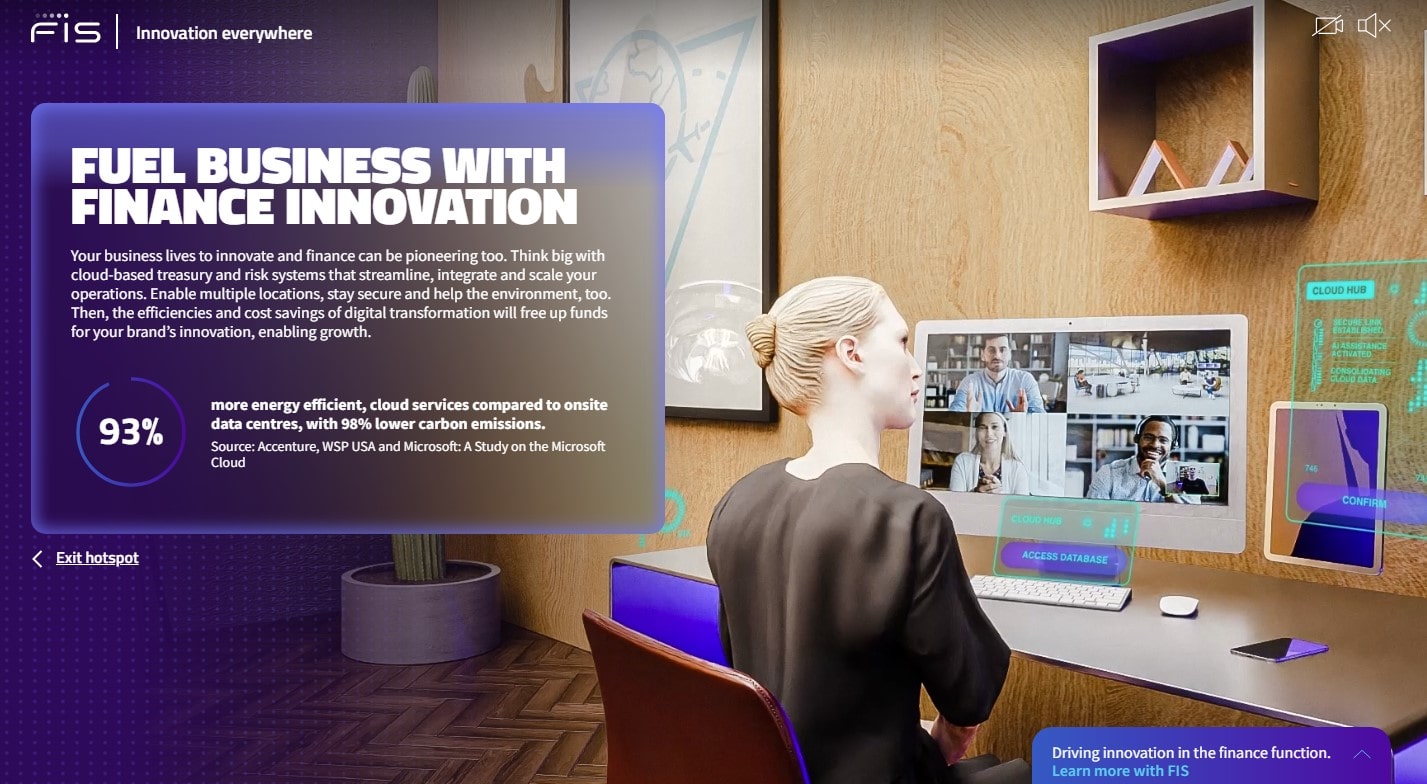
Schedule regular UX competitive analyses to stay updated with the rapid changes in user expectations and industry trends
In the fast-paced digital sphere, brands can’t afford to let their guard down. Staying attuned to the heartbeat of user preferences and industry shifts is paramount. Periodic UX competitive analyses serve as the roadmap, guiding businesses through the ever-evolving maze of user needs and design advancements.
Strategies for Keeping UX Strategies Updated:
- Sync with the Calendar: Mark out set intervals – be it monthly or quarterly – to deep dive into competitor platforms. For example, an online fashion retailer might examine how rivals showcase seasonal collections to enhance user immersion.
- Harness Analytical Tools: Data-driven insights cut through assumptions. Tools that measure user behavior, coupled with industry-specific UX analysis software, can unveil nuances in how users engage with different interfaces.
- Spotlight on Feedback Loops: Engage users directly. Whether it’s through embedded feedback options or focused user testing sessions, firsthand user opinions offer an unfiltered window into their evolving expectations.
- Industry Pulse Checks: Attend design webinars, participate in UX forums, and sift through influential design publications. These hubs of knowledge provide a sneak peek into emerging trends.
- Iterate and Refine: Post-analysis, it’s crucial to roll up sleeves and get hands-on with improvements. Every insight is a call to action.
Brands keen on capturing and retaining user interest find it essential to align their UX design with the contemporary and the expected. Regular competitive analyses ensure they not only keep pace with but often leapfrog competitors in delivering exceptional user experiences.
Conclusion about UX Competitive Analysis
Embarking on your UX journey, one thing becomes crystal clear: competition and analysis are the driving forces behind innovative digital landscapes. ? You’ve traversed the ins and outs of the 2023 UX competitive scene – absorbing pivotal strategies, harnessing powerful techniques, and carving a path of distinction. As you wrap up, bear in mind the dynamism and flux of this domain. It’s not about merely staying afloat, but sailing smoothly amidst unpredictable waves. In this endeavor, tools matter. The Plerdy tool stands out as an unmatched ally, streamlining SEO & UX analysis for unmatched results. Don’t just set benchmarks – transcend them. With this in-depth understanding, champion the digital expanse and create an unforgettable user experience. Harness your knowledge, tap into Plerdy, and set the stage for a digital revolution. Here’s to excellence in UX and staying unyielding in the face of competition! ⚡️.
